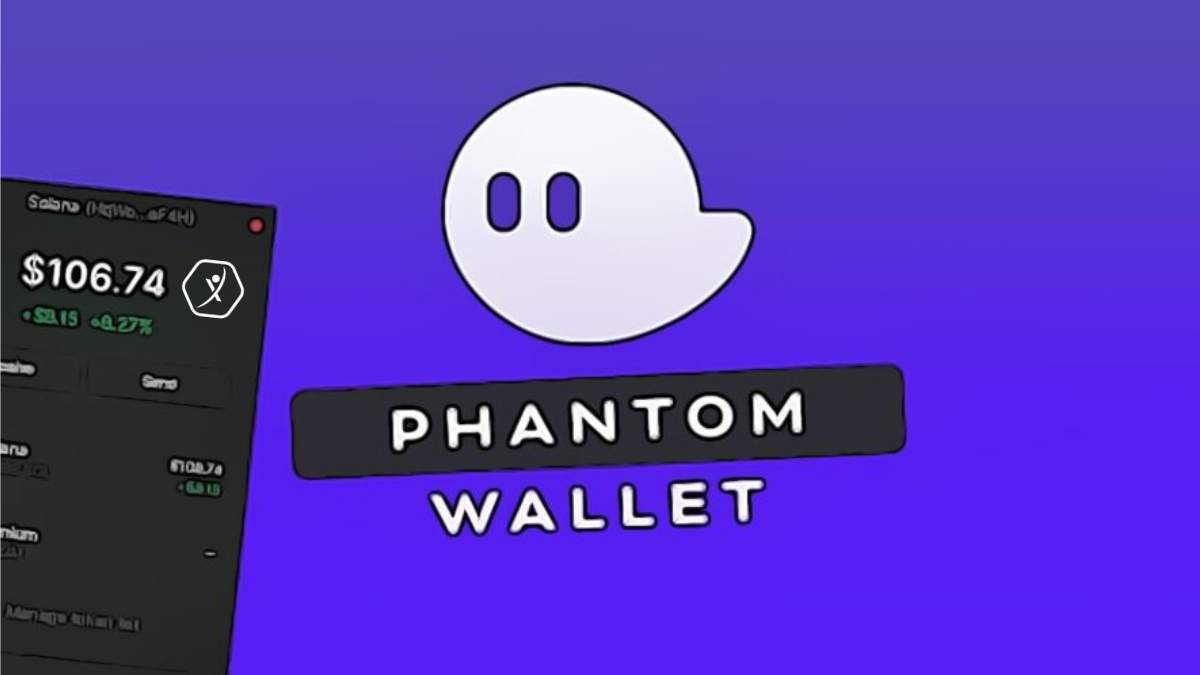Okay, so check this out — I was fiddling around with some Solana DeFi apps the other day, and something felt off about how browser extensions ask for permissions. Seriously? These tiny pop-ups can be super misleading if you don’t pay attention. You ever wonder why the phantom wallet extension requests certain permissions? At first glance, it looks like overkill, but hang on — it’s more nuanced than that.
Here’s the thing. On one hand, you want an extension that’s seamless and doesn’t nag you with too many permission requests. On the other, the crypto space—especially Solana’s ecosystem—is pretty complex, and security is king. So how do these permissions balance usability with safety? Hmm… it’s a tricky dance.
Wow! The Phantom Wallet extension, for example, needs access to your tabs and to run scripts on Solana dApps. At first, I thought, “Whoa, that sounds intrusive.” But then I realized that it’s essential for it to interact with the decentralized apps you’re using, sign transactions, and fetch on-chain data. Without those permissions, it wouldn’t do its job.
But wait — is there a risk here? Absolutely. The extension can see which websites you visit, which might freak some people out. Though actually, the Phantom team is pretty transparent about this, and the permissions are scoped tightly. Still, I’m not 100% sure if all users grasp these nuances.
My instinct says that many folks just click “Allow” without a second thought, especially if they’re new to crypto. That’s a bit scary. So, what’s the takeaway? Let me walk you through some thoughts.

Understanding Extension Permissions in the Solana Ecosystem
So, digging deeper — extensions like Phantom need to inject code into webpages you visit on Solana-based DeFi sites. This lets them detect when you’re about to make a transaction and pop up to sign it securely. Without this, you’d have to copy and paste raw transaction data manually, which is a hassle and prone to errors.
Initially, I thought the permissions might let them snoop on all your browsing. But that’s not exactly true. They only activate their scripts on sites that are part of the Solana ecosystem or recognized dApps. It’s a bit like a bouncer letting you into the club only if you’re on the list.
Really? Yup. That’s how they keep things safer and less invasive. Still, it’s a permission model that requires trust — trust in Phantom’s developers and in Solana’s network security.
Here’s what bugs me about this though: The average user doesn’t always get this context. Browser permission dialogs are generic and don’t explain the “why” behind each permission. It’s frustrating.
On the bright side, the community around Solana is pretty savvy, and the phantom wallet extension itself is open source, which means anyone can peek under the hood to verify what it’s doing. That’s a huge plus in the crypto world.
Chrome Extension Ecosystem: Why Permissions Are a Double-Edged Sword
Let’s zoom out a bit. Chrome extensions, by design, require permissions to do much of anything interesting. This isn’t unique to Phantom. But with crypto wallets, you’re giving an extension potential access to your digital assets—your money. So yeah, permissions here aren’t trivial.
Here’s a quick reality check: Many extensions request way more permissions than they need, sometimes for data mining or ad targeting. Phantom, thankfully, doesn’t do that. Their permission requests are focused strictly on Solana interactions. Still, I’m biased, but I’d rather have fewer permissions overall.
Something else to consider — browsers like Chrome are beefing up security. Manifest v3 is rolling out, changing how extensions work and their permission models. Phantom has been pretty proactive about adapting. This means in the near future, some permissions might be more sandboxed or require user gestures. That’s good news for security, though it may complicate user experience a bit.
Here’s a tangent: I’ve tried other Solana wallets, but Phantom’s balance between usability and security feels more polished. And it’s all wrapped up in a slick Chrome extension that just works. Sometimes I wish it had fewer permission prompts, but I understand why that’s tough.
Anyway, if you’re diving into Solana DeFi, you’ll want to grab the phantom wallet extension. It’s probably the most streamlined way to manage your tokens and interact with dApps.
Personal Experience: When Permissions Came Into Play
Here’s a story. A couple months ago, I was testing a new Solana DeFi platform that required signing some complex transactions. Phantom popped up smoothly, but suddenly, the extension asked for additional permissions I hadn’t seen before. My gut reaction was, “Whoa, what’s going on?”
Initially, I thought maybe the extension was compromised or something sketchy was happening. Actually, wait — let me rephrase that: I realized the platform was using some new Solana program that needed extra data access, so Phantom had to ask for permission to interact with those new smart contracts.
On one hand, it’s impressive that Phantom is flexible enough to handle new protocols quickly. On the other, that permission request felt abrupt and a little unnerving. I had to double-check online discussions and GitHub issues to verify nothing malicious was going on.
This episode made me realize how fast the Solana ecosystem moves. Wallet extensions have to balance security with agility. It’s not perfect, but it’s evolving.
And yeah, I’m not 100% sure if newer users would handle that situation calmly. They might just click through or panic and uninstall the wallet. That’s a real concern.
So, Should You Trust the Phantom Wallet Extension?
Okay, short answer? For most folks dabbling in Solana DeFi, the Phantom wallet extension is trustworthy and well-designed. It’s open source, widely used, and built with a clear focus on security. But trust isn’t blind. You gotta stay aware.
Here’s what I recommend: Keep your browser updated, only download extensions from official sources, and pay close attention when permissions requests pop up. Don’t just click “Allow” out of habit.
Also, consider your threat model. If you’re just trading small amounts or experimenting, the risk is lower. But if you’re holding substantial assets, maybe combine Phantom with hardware wallets or use cold storage for long-term holding.
And btw, if you ever want to check the latest on Phantom or grab the legit extension, head over to their official site here: phantom wallet extension. It’s your safest bet.
Anyway, this whole permissions thing is a perfect example of how crypto UX still has a way to go. It’s not just about fancy interfaces but educating users on what’s happening behind the scenes. That’s what’ll make Solana and DeFi mainstream someday.
Common Questions About Phantom Wallet Extension Permissions
Why does Phantom need access to my browser tabs?
Great question! Phantom uses this permission to detect when you’re visiting a Solana dApp so it can inject the necessary scripts to enable wallet interaction, like signing transactions securely.
Is Phantom spying on my browsing activity?
Nope. While it can technically read activity on sites where it’s active, Phantom limits its scope to Solana-related sites only, and the extension’s code is open source for transparency.
Can I limit Phantom’s permissions?
Chrome allows you to restrict when extensions run (on click, specific sites). You can adjust these settings, but keep in mind that limiting permissions may reduce functionality.
Are Phantom’s permissions safe with new Chrome security policies?
Phantom is adapting to Chrome’s new Manifest v3 policies, which aim to improve security and privacy. This should make permissions safer and more transparent over time.
